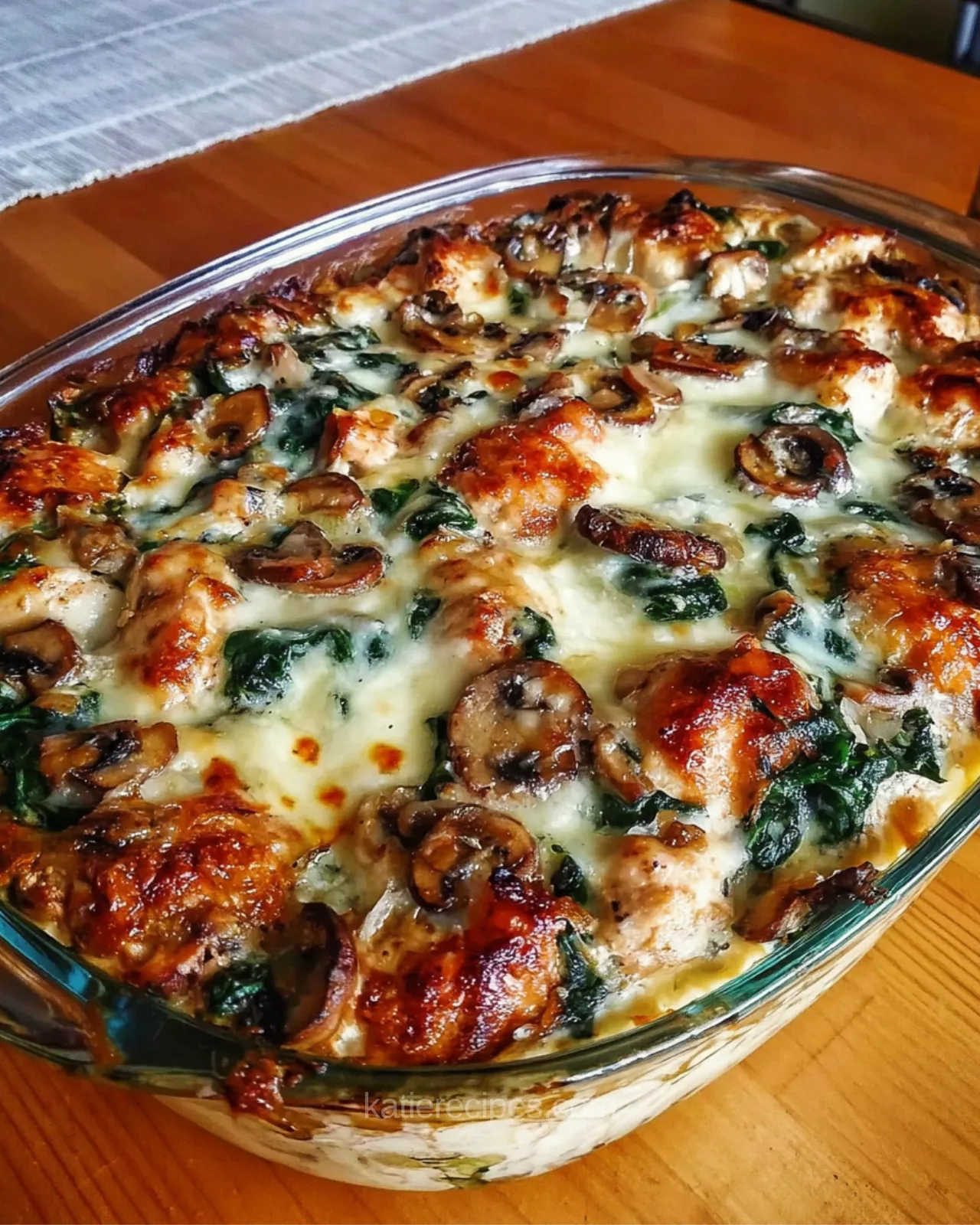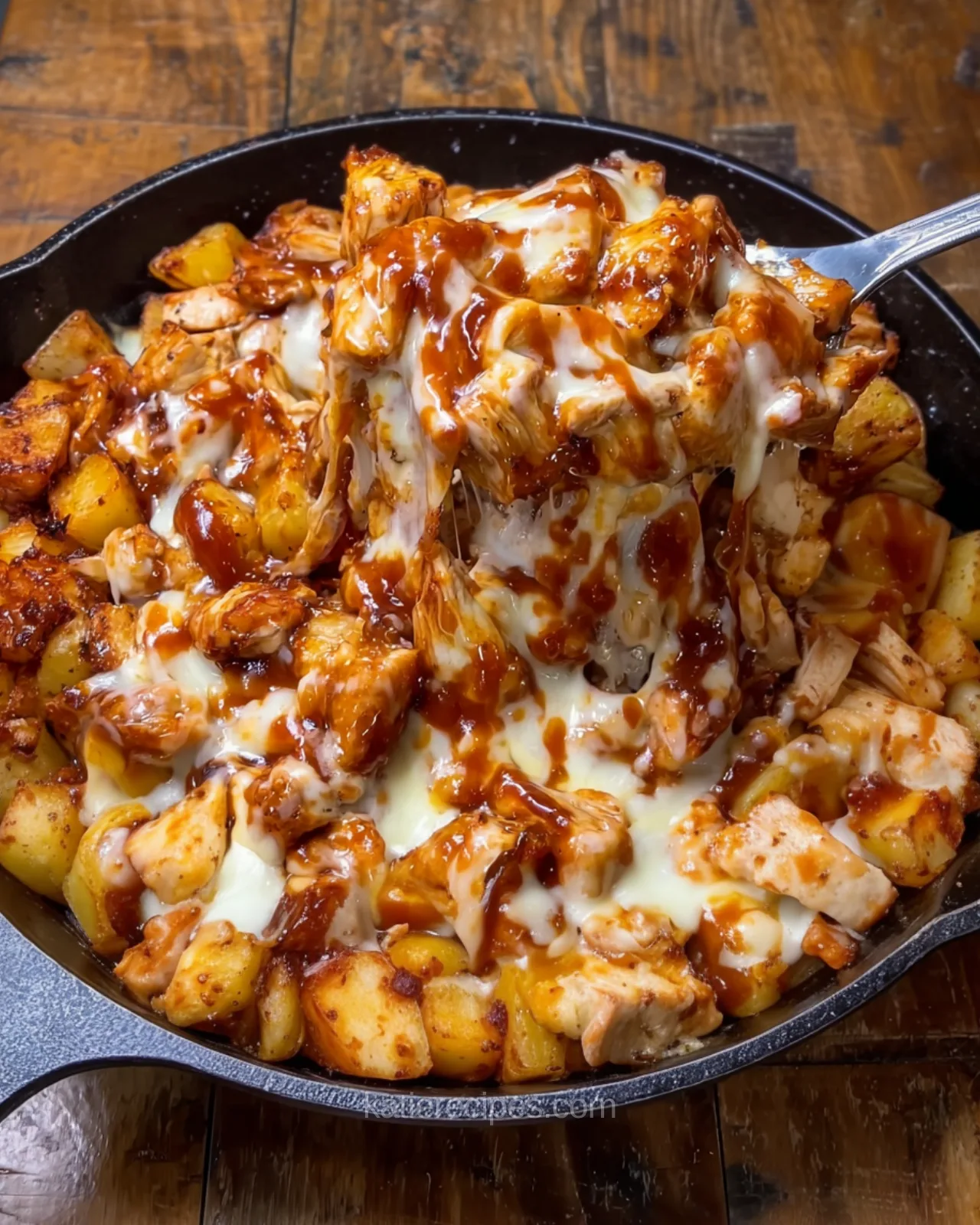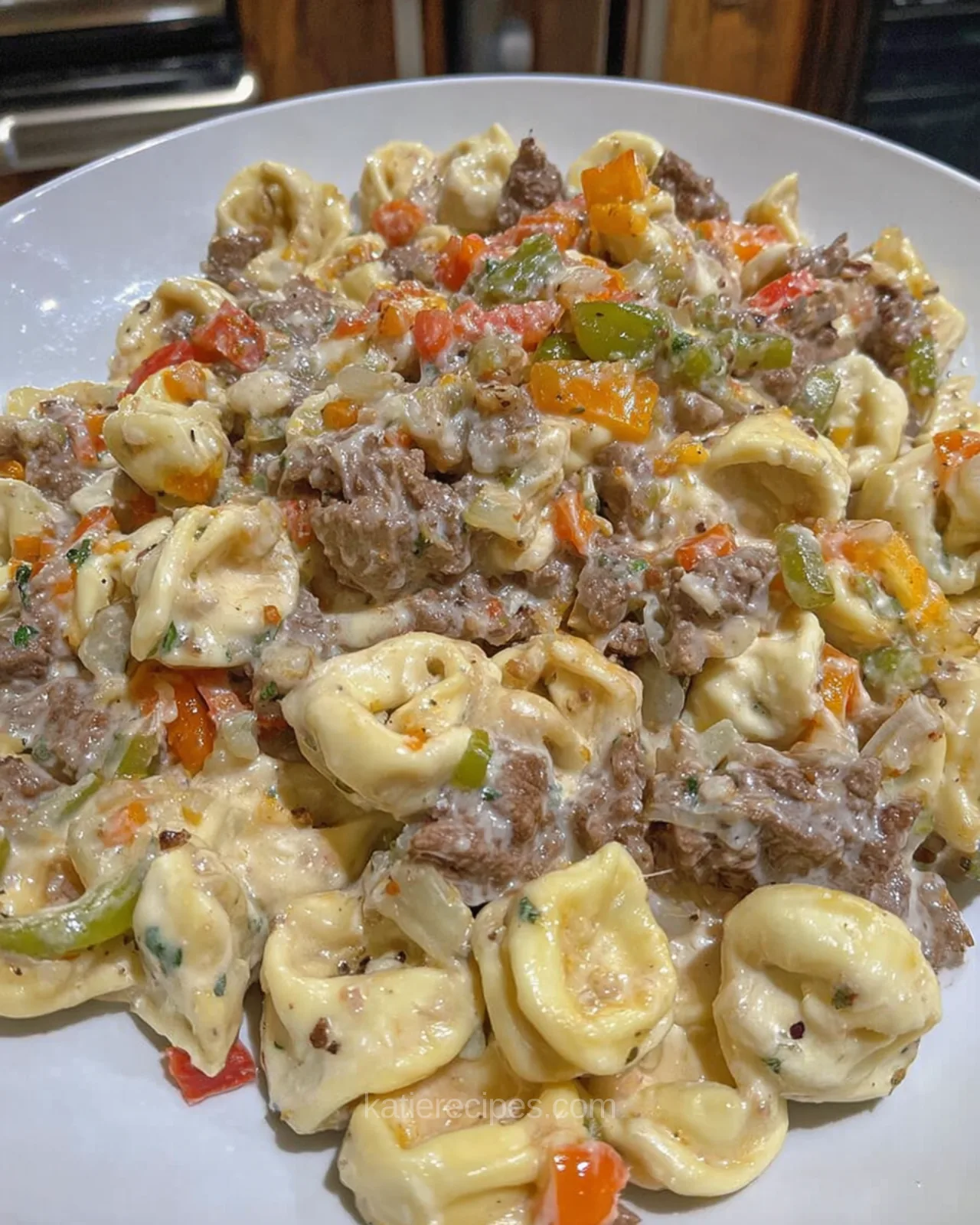Gipfeli, the Swiss cousin of the French croissant, is a cherished pastry known for its buttery layers and crescent shape. While similar to croissants, Gipfeli offers a denser and less flaky texture, making it a unique delight in Swiss cuisine. This Gipfeli recipe guide will walk you through every step, from preparing the dough to achieving the perfect golden crust.
Introduction
What is a Gipfeli?
Gipfeli is a popular Swiss pastry that resembles the French croissant but has a distinct texture and taste. While croissants are light and flaky, Gipfeli offers a more substantial, denser bite, ideal for a heartier breakfast or snack. This Gipfeli recipe will help you recreate this Swiss classic at home.
Why You Should Try This Gipfeli Recipe at Home
Making Gipfeli at home allows you to control the quality of the ingredients and gives you the satisfaction of baking a traditional Swiss pastry from scratch. This recipe is versatile, allowing for various fillings and toppings, so you can customize your Gipfeli to your liking.
The History of Gipfeli
The Origins of Gipfeli and Its Evolution
The origins of Gipfeli can be traced back to European traditions of crescent-shaped pastries, particularly the Austrian kipferl. The Swiss adapted this concept, creating a denser, less flaky version known as Gipfeli. Over time, the Gipfeli recipe evolved, incorporating various fillings and toppings, making it a staple in Swiss bakeries.
How the Gipfeli Recipe Has Changed Over Time
Originally, Gipfeli was a simple pastry focusing on the buttery dough. As Swiss bakers began experimenting, the recipe evolved to include sweet fillings like chocolate and jam, as well as savory options like cheese and ham. This Gipfeli recipe captures both traditional and modern variations, offering something for every palate.
Ingredients and Equipment
Essential Ingredients for Gipfeli
To make this Gipfeli recipe, you’ll need the following ingredients:
- All-Purpose Flour: 500g (approximately 4 cups)
- Unsalted Butter: 250g (approximately 1 cup), cold and cut into small cubes
- Active Dry Yeast: 10g (approximately 2 tsp)
- Granulated Sugar: 50g (approximately ¼ cup)
- Salt: 10g (approximately 2 tsp)
- Whole Milk: 250ml (approximately 1 cup), warmed to around 37°C (100°F)
- Egg: 1, for egg wash
These basic ingredients are crucial for creating the authentic flavor and texture that define a good Gipfeli.
Optional Ingredients for Customization
- Chocolate Chips: 100g (approximately ½ cup)
- Jam or Fruit Preserves: 100g (approximately ½ cup)
- Cheese: 100g (approximately ½ cup)
- Ham Slices: 100g (approximately 3-4 slices)
- Seeds (e.g., poppy, sesame): For sprinkling on top
Kitchen Tools Needed
- Mixing Bowls: Various sizes
- Rolling Pin: For rolling out the dough
- Baking Sheet: To bake the Gipfeli
- Pastry Brush: For applying the egg wash
- Dough Scraper: Useful for shaping the dough
- Kitchen Scale: For precise measurement of ingredients
Step-by-Step Guide: How to Make Gipfeli
Preparing the Dough
- Mix Dry Ingredients: In a large mixing bowl, combine the flour, sugar, salt, and yeast. Stir until evenly distributed.
- Add Butter: Incorporate the cold, cubed butter into the flour mixture. Use your fingers or a pastry cutter to blend until the mixture resembles coarse crumbs.
- Incorporate Milk: Gradually pour the warmed milk into the flour mixture while stirring continuously. Mix until a dough forms.
- Knead the Dough: Transfer the dough to a lightly floured surface and knead for about 10 minutes, or until smooth and elastic.
Proofing the Dough
- First Proofing: Place the kneaded dough in a greased bowl, cover with a damp cloth, and let rise in a warm place for 1-2 hours or until doubled in size.
- Punch Down: After the dough has risen, gently punch it down to release excess air and lightly knead for a minute to reshape.
Rolling, Filling, and Shaping
- Roll Out the Dough: On a lightly floured surface, roll the dough into a large rectangle, about ½ cm (¼ inch) thick.
- Cut the Dough: Use a sharp knife or dough scraper to cut the dough into triangles (10-12 cm wide at base, 15-20 cm long).
- Add Fillings: Place your chosen filling at the wide end of each triangle (optional).
- Shape the Gipfeli: Roll each triangle tightly from the wide end to the pointed end, then curve into a crescent shape.
Second Proofing and Pre-Baking
- Second Proofing: Place shaped Gipfeli on a baking sheet lined with parchment, cover with a cloth, and let rise for 30 minutes to 1 hour.
- Preheat Oven: Preheat to 200°C (390°F).
Baking
- Egg Wash: Brush each Gipfeli with egg wash.
- Bake: Bake for 15-20 minutes, or until golden brown.
After Baking
- Final Brush: For extra richness, brush baked Gipfeli with melted butter.
- Cool: Let cool on a wire rack before serving.
Troubleshooting the Gipfeli Recipe
Common Dough Issues
- Sticky Dough: Add more flour, a tablespoon at a time.
- Dry Dough: Add a small amount of milk or water.
Baking Issues
- Uneven Browning: Rotate baking sheet halfway through.
- Over or Under-Baked: Adjust baking time as needed.
Serving Suggestions
Best Ways to Serve Gipfeli
Enjoy fresh from the oven with coffee or tea. Add fruit preserves or powdered sugar for extra flavor.
For Special Occasions
Customize with unique fillings for festive breakfasts or brunches.
Storage and Reheating
How to Store Gipfeli
Store in an airtight container at room temperature for up to 2 days, or freeze for longer storage.
Reheating Tips
Reheat in an oven at 180°C (350°F) for 5-10 minutes.
Variations
Sweet Gipfeli
- Chocolate-Filled
- Jam-Filled
- Almond-Filled
Savory Gipfeli
- Cheese-Filled
- Ham and Cheese
- Herb-Infused
Healthier Alternatives
Whole Wheat Gipfeli
Replace half the flour with whole wheat for a nuttier, more wholesome pastry.
Low-Fat Gipfeli
Use less butter or a light margarine, and substitute skim milk.
Cultural Significance
In Swiss Culture
Gipfeli are a symbol of Swiss hospitality and are commonly served at breakfast or brunch.
Global Influence
Similar pastries exist worldwide, but Gipfeli’s unique texture and flavor set it apart.
Tips for Perfecting the Recipe
Expert Tips
- Use cold butter
- Don’t overfill
- Roll evenly
Avoiding Mistakes
- Don’t skip the second proofing
- Avoid using too much flour
- Stick to the correct baking temperature
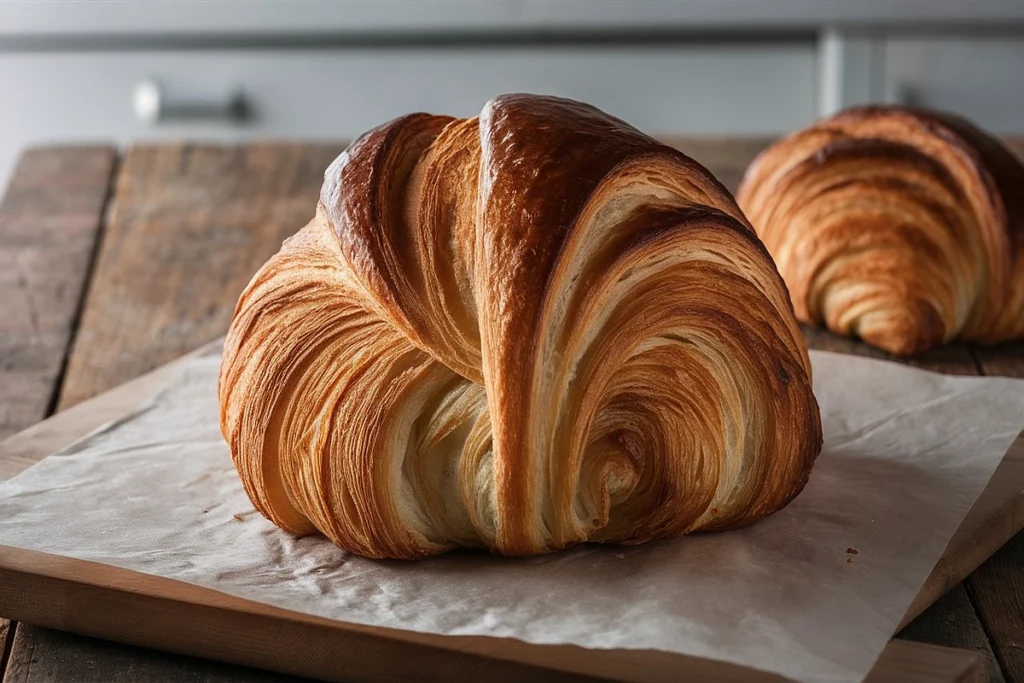
Frequently Asked Questions
Can Gipfeli Dough Be Prepared in Advance?
Yes. After first proofing, refrigerate for up to 24 hours. Let it come to room temp before rolling.
What Distinguishes Gipfeli from Croissants?
Gipfeli is denser and less flaky, thanks to differences in dough and butter content.
Can Alternative Flours Be Used?
Yes, but expect changes in texture and flavor.
How Can I Make a Vegan Version?
Use plant-based butter and non-dairy milk.
What’s the Best Way to Store Gipfeli?
Airtight container at room temp for 2 days, or freeze for longer.
Print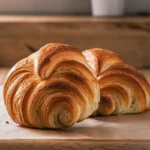
Gipfeli Recipe
- Total Time: 2 hours 50 minutes (includes proofing)
- Yield: 12 Gipfeli 1x
Description
Classic Swiss Gipfeli with a golden crust and soft, buttery layers. Customize with your favorite fillings for a delightful breakfast or snack.
Ingredients
- 500g all-purpose flour (approximately 4 cups)
- 250g unsalted butter, cold and cut into small cubes (approximately 1 cup)
- 10g active dry yeast (approximately 2 tsp)
- 50g granulated sugar (approximately ¼ cup)
- 10g salt (approximately 2 tsp)
- 250ml whole milk, warmed to 37°C (approximately 1 cup)
- 1 egg (for egg wash)
- Optional: 100g chocolate chips (approximately ½ cup)
- Optional: 100g jam or fruit preserves (approximately ½ cup)
- Optional: 100g cheese (approximately ½ cup)
- Optional: 100g ham slices (approximately 3-4 slices)
- Optional: seeds (e.g., poppy, sesame) for topping
Instructions
- In a large mixing bowl, combine flour, sugar, salt, and yeast. Stir until evenly distributed.
- Add the cold, cubed butter and blend with fingers or a pastry cutter until the mixture resembles coarse crumbs.
- Gradually add warmed milk while stirring until a dough forms.
- Transfer to a lightly floured surface and knead for about 10 minutes until smooth and elastic.
- Place dough in a greased bowl, cover with a damp cloth, and let rise in a warm place for 1-2 hours or until doubled in size.
- After rising, gently punch down the dough to release air and knead lightly.
- Roll the dough on a lightly floured surface into a large rectangle about ½ cm (¼ inch) thick.
- Cut into triangles (10-12 cm wide at the base, 15-20 cm long).
- Optional: Add chosen filling at the wide end of each triangle.
- Roll each triangle tightly from the wide end to the pointed end, then curve into a crescent shape.
- Place shaped Gipfeli on a baking sheet lined with parchment, cover, and let rise for 30 minutes to 1 hour.
- Preheat oven to 200°C (390°F).
- Brush Gipfeli with egg wash.
- Bake for 15-20 minutes, or until golden brown.
- Optional: Brush baked Gipfeli with melted butter for extra richness.
- Cool on a wire rack before serving.
Notes
Use high-quality ingredients and ensure proper proofing for the best results. Experiment with different fillings to customize your Gipfeli.
- Prep Time: 30 minutes
- Cook Time: 20 minutes
- Category: Breakfast
- Method: Baking
- Cuisine: Swiss
Nutrition
- Serving Size: 1 Gipfeli
- Calories: 250
- Sugar: 5g
- Sodium: 200mg
- Fat: 12g
- Saturated Fat: 7g
- Unsaturated Fat: 4g
- Trans Fat: 0g
- Carbohydrates: 28g
- Fiber: 1g
- Protein: 6g
- Cholesterol: 45mg
Keywords: gipfeli, croissant, swiss, breakfast, pastry


